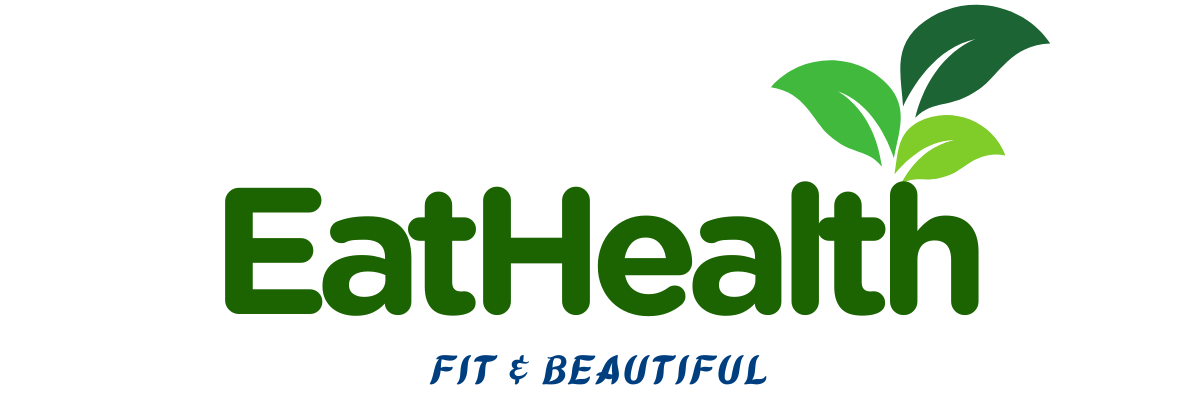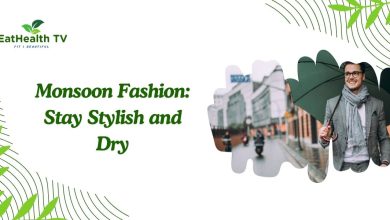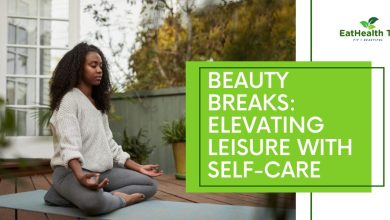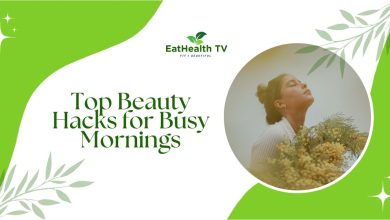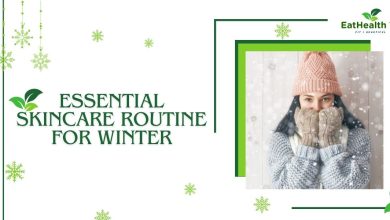Beauty Evolution: Challenges in Self-Expression
Breaking the Chains: Overcoming Beauty Standards for Authentic Self-Expression
Beauty Evolution: Challenges in Self-Expression
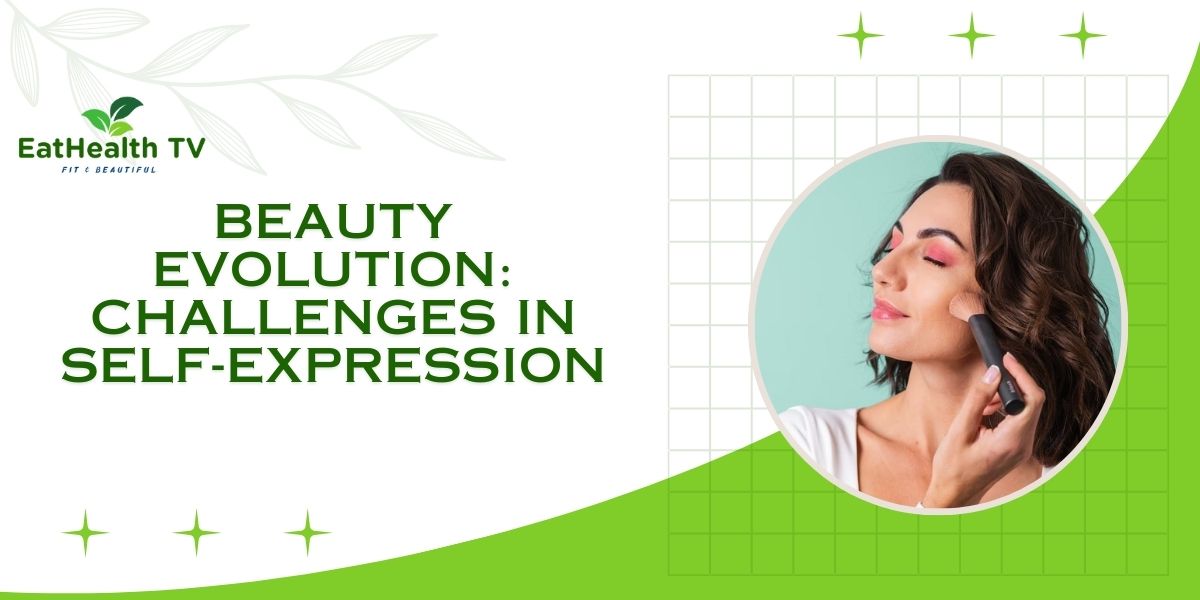
Beauty is a complex concept that has evolved significantly over centuries, influenced by cultural, societal, and technological changes. From ancient civilizations to modern times, the standards of beauty have shifted, posing challenges to self-expression and individual identity. This article delves into the evolution of beauty, examining the challenges it presents and exploring how people navigate these in their quest for self-expression.
Historical Perspectives on Beauty
Ancient Civilizations
In ancient Egypt, beauty was synonymous with symmetry and harmony. Egyptians used cosmetics not only for aesthetic purposes but also for religious and medicinal reasons. Kohl, made from soot and other ingredients, was applied around the eyes to ward off evil spirits and infections. Similarly, the Greeks valued physical perfection and symmetry, often depicted in their sculptures and paintings. For them, beauty was a reflection of divine harmony.
Renaissance and Baroque Eras
During the Renaissance, beauty standards were heavily influenced by art and literature. The ideal woman was depicted as having a fuller figure, pale skin, and delicate features, embodying fertility and virtue. This period saw an emphasis on natural beauty, with minimal use of cosmetics. However, the Baroque era that followed introduced a more elaborate and extravagant style, with women using heavy makeup and wigs to enhance their appearance.
Victorian Era
The Victorian era brought about a more conservative and modest approach to beauty. Pale skin remained desirable, but the use of cosmetics was frowned upon as it was associated with immorality and deceit. Women used natural remedies to achieve a fair complexion, and hairstyles became more elaborate, often requiring the use of hairpieces and accessories.
Modern Beauty Standards
20th Century: The Rise of Media Influence
The 20th century marked a significant shift in beauty standards due to the rise of mass media. The 1920s saw the flapper movement, with women embracing shorter hairstyles, makeup, and more daring fashion choices. The 1950s introduced the hourglass figure, epitomized by icons like Marilyn Monroe, while the 1960s and 1970s saw a move towards slimmer physiques and natural beauty, influenced by models like Twiggy.
21st Century: Diversity and Inclusivity
The 21st century has brought about a more inclusive and diverse approach to beauty. The rise of social media platforms like Instagram and TikTok has democratized beauty, allowing individuals to showcase their unique styles and challenge traditional standards. Movements such as body positivity and acceptance have gained momentum, promoting the idea that beauty comes in all shapes, sizes, and colors.
Challenges in Self-Expression
Cultural and Societal Pressures
One of the most significant challenges in self-expression is navigating cultural and societal pressures. Beauty standards vary widely across cultures, and what is considered attractive in one society may not be in another. For example, in some African cultures, fuller bodies are seen as a sign of health and wealth, while Western cultures often favor slimmer physiques. These conflicting standards can create confusion and anxiety, making it difficult for individuals to express themselves authentically.
Media and Advertising Influence
Media and advertising play a crucial role in shaping beauty standards. From fashion magazines to television commercials, the portrayal of idealized beauty can lead to unrealistic expectations. Photoshop and digital enhancements create images of perfection that are often unattainable, leading to issues such as low self-esteem and body dysmorphia. The pressure to conform to these ideals can stifle individuality and make self-expression challenging.
Technological Advancements
Technological advancements have brought about new challenges in self-expression. Filters and photo-editing apps allow individuals to alter their appearance instantly, creating a digital version of themselves that may not reflect reality. While these tools can be fun and empowering, they can also perpetuate unrealistic beauty standards and create a disconnect between one’s online and offline identities.
Intersectionality and Representation
Intersectionality refers to the interconnected nature of social categorizations such as race, gender, and class, which can lead to overlapping systems of discrimination or disadvantage. Beauty standards often fail to consider intersectionality, resulting in underrepresentation of marginalized groups. For instance, people of color, individuals with disabilities, and those from the LGBTQ+ community may struggle to see themselves represented in mainstream media. This lack of representation can hinder self-expression and reinforce societal biases.
Navigating the Challenges
Embracing Individuality
One of the most effective ways to navigate the challenges of evolving beauty standards is to embrace individuality. Celebrating unique features and personal style can empower individuals to express themselves authentically. Social media platforms have provided a space for people to share their stories and connect with others who share similar experiences, fostering a sense of community and acceptance.
Promoting Diversity and Inclusivity
Promoting diversity and inclusivity in media and advertising is essential for challenging traditional beauty standards. Brands and influencers that prioritize representation can help to create a more inclusive definition of beauty. Campaigns that feature models of different races, body types, and abilities can inspire individuals to feel confident in their own skin and express themselves freely. Just as we know Beauty Breaks: Elevating Leisure with Self-Care
Educational Initiatives
Educational initiatives can play a crucial role in addressing the challenges of beauty evolution. Programs that teach media literacy and critical thinking can help individuals to recognize and resist unrealistic beauty standards. Additionally, workshops and discussions on self-esteem and body positivity can provide valuable tools for self-expression and personal growth.
Supportive Communities
Building supportive communities is vital for fostering self-expression. Online and offline groups that celebrate diversity and encourage authenticity can provide a safe space for individuals to explore and express their identities. These communities can offer support, validation, and a sense of belonging, helping individuals to navigate the challenges of evolving beauty standards.
Conclusion
The evolution of beauty standards presents both opportunities and challenges for self-expression. While cultural, societal, and technological influences can create pressures and unrealistic expectations, they also offer avenues for celebrating individuality and promoting inclusivity. By embracing diversity, fostering supportive communities, and challenging traditional norms, individuals can navigate these challenges and express themselves authentically. As beauty continues to evolve, it is essential to prioritize self-expression and inclusivity, ensuring that everyone feels valued and represented in the ever-changing landscape of beauty.
